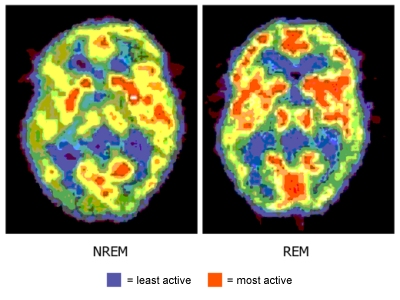
Sleep Mutants
Science has gone far in understanding sleep. We know sleep is generally made up of rapid eye movement (REM) sleep and non-REM sleep cycles. We’ve also identified the scattered neural networks in our brains that switch us between REM or non-REM sleep to wakefulness. Now, a study published in Nature by researchers from the University of Tsukuba, discusses some of the molecular mechanisms involved in sleep.
Using mice that had random mutations induced by chemical mutagenesis, the researchers identified the roles of two proteins in sleep/need regulation and in maintaining REM sleep periods. They focused on two phenotypes: ‘Sleepy’ and ‘Dreamless.’ The former was a mutant mice pedigree that exhibited extended sleep time, while the latter displayed shortened and unstable REM sleep periods.
“It is amazing that we know almost nothing about the simple question of what is ‘sleepiness’ physically in our brain. We will start from these genes and try to solve the great mystery,” said senior author Masashi Yanagisawa.

Regulating sleep
Sleepy mice had a mutated Sik3 gene. This is responsible for encoding an enzyme (SIK3) expressed in brain neurons that control other proteins. “We noticed that Sleepy mutants showed an exaggerated response to sleep deprivation,” first author Hiromasa Funato said. “Examining the brains of sleep-deprived mice revealed changes in the phosphorylation of amino acids within the SIK3 protein. These changes were disturbed by the Sik3 mutation in Sleepy mice, which is why they have an increased sleep need.”
Dreamless mice, on the other hand, had a mutation in the Nalcn gene. Supposedly, it controls the encoding of an ion channel that regulates neuronal excitability, according to co-author Chika Miyoshi. “The Dreamless mutation causes increased ion conductance through the channel and increased activity of REM-terminating neurons, which is compatible with REM sleep instability.”
Obviously, there’s more to sleep than just these two proteins. As Yanagisawa said: “We hope that the discovery of these key genes is just the beginning of our long journey into the blackbox of sleep regulation.” Continuous research on the subject may prove beneficial in the future. At the very least, research like this could someday help combat insomnia or other sleep disorders.